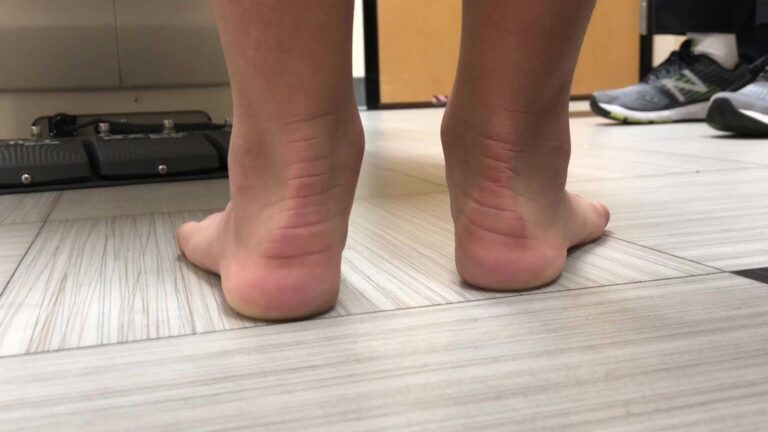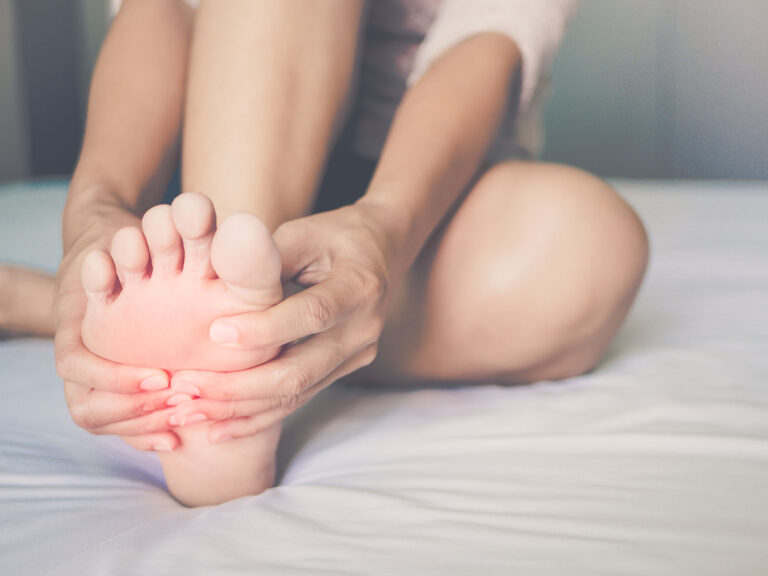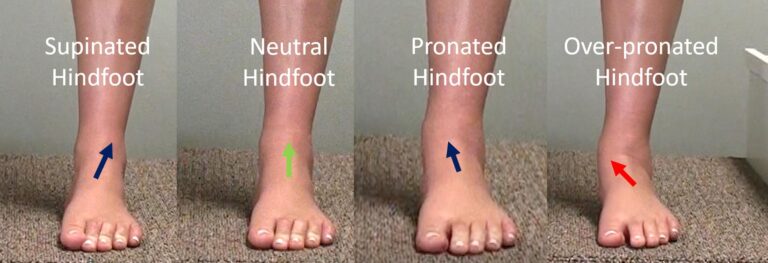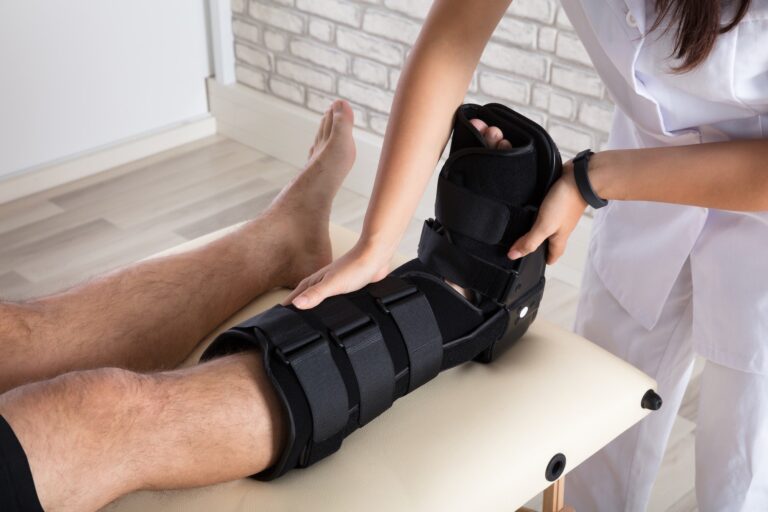DO MISALIGNED FEET CAUSE PAIN?
Pain in the foot is a common problem around the world. Nearly everyone can relate to it. Many people are not even aware that their feet may be misaligned leading to foot pain. Misaligned feet also cause a variety of secondary conditions affecting the rest of your body and quality of life.
A misaligned foot is a condition wherein the instability of your lower leg bone makes it get awkward and break down or pack the sinus bone structures. This misalignment can make your lower leg turn internal while your forefoot turns outwards and influences balance all through your body.

At the point when your body is out of alignment, the muscles and ligaments need to overmake for the misalignment which implies that your development is impacted and you might foster sore and tight muscles. Whenever your feet are misaligned, it can prompt the improvement of other podiatric issues that can cause you a considerable amount of foot pain.
WHAT ARE THE EFFECTS OF MISALIGNED FEET?
Your body is a home of sorts, and your feet are the establishment. Misaligned feet can accordingly prompt a wide range of agonizing difficulties, including:
- Flat feet: This continuously deteriorates after some time. Your curves are intended to flex like safeguards to manage weight and tension. Misaligned feet make them wear out and level.
- Pain all through the standing skeletal framework: Very much like a broke establishment can mean harm to dividers, roofs, and rooftops, misaligned feet can make issues all over the place. Lower legs, knees, hips, and even back joints get pulled and twisted themselves to make up for the imbalance.
- Bunions: In an appropriately adjusted foot, the bone (lower leg bone) sits straightforwardly on top of the calcaneus (impact point bone). Whenever the foot is misaligned with the goal that the bone falls forward, it puts exorbitant power on the principal metatarsal. Thus, this bone can move strangely and eventually cause the metatarsophalangeal joint (at the foundation of the huge toe) to extend out towards the inward edge of the foot.
- Over-pronation: This biomechanical anomaly excessive inwards moving of the foot during the gathering piece of a stage means that misalignment of the feet can prompt issues like pain in the lower leg, knee, hip, and lower back regions.
- Hammertoes: Instability made by misalignment in the rear foot can bring about more prominent tension being put on the toes. Thus, this drives an unevenness of solidarity between the muscles and ligaments on the tops and bottoms of toes. This sort of irregularity is the explanation hammertoes create – and this is the kind of thing we see all the more frequently in patients who don’t have appropriate foot arrangements.
- Heel pain: Plantar fasciitis is fairly normal for practically any grown-up, yet the gamble of fostering this wellspring of heel pain is considerably more noteworthy for people who have primary issues.

WHAT CAUSES FOOT MISALIGNMENT?
Misalignment between the foot and lower leg is typically either brought about by injury including injuries and breaks or connected to your hereditary qualities and abuse. Conditions like joint pain can likewise prompt arrangement issues. More often than not foot misalignment is the reason for hereditary qualities or abuse. Assuming you harmed your lower leg or foot and it didn’t mend as expected, an injury or crack could influence your stride. Indeed, even competitors without legitimate methods can make constant wounds that lead to misalignment issues inside the foot and lower leg and therefore, all through the whole body.
WHAT ARE THE SYMPTOMS OF FOOT MISALIGNMENT?
Whenever your feet and ankles are misaligned, the remainder of your body remunerates with each progression you take. Therefore, one of the most widely recognized side effects of foot misalignment is pain. It could appear as foot pain or you might encounter pain in your knees, legs, hips, or back.
You may likewise foster different issues in your feet like bunions, level feet, or plantar fasciitis. These circumstances additionally cause foot pain, which may ultimately prompt versatility issues and staying away from exercises that you appreciate because it harms a lot to walk or run.

Misaligned feet can result in various symptoms and secondary conditions such as:
- Arch pain
- Bunions
- Calluses
- Flat feet
- Hammertoes
- Heel pain
- Over-pronation
- Plantar fasciitis
- Under-pronation/Supination
Another way to recognize misalignment of the feet is to look at the wear patterns on your shoes. Areas of wear demonstrate where the foot puts the most tension on the ground’s surface. Assuming the wear designs are lopsided, it’s a decent marker that your feet are not as expected adjusted.
You can likewise distinguish wear designs by wetting your feet and strolling on a dry surface like concrete or cement. The impression you make will recognize the exact region of your feet in contact with the ground. Wear designs within your shoes that show over-pronation, while designs along the outside demonstrate supination or unreasonable tension put on the sides of your feet.
HOW TO TREAT MISALIGNED FEET PROBLEM?
A podiatrist considers the option of MRI to detect misalignment in your feet. Sadly, this isn’t a condition that can mend itself or get better with time, it’ll just deteriorate.
Using a temporary Band-Aid: Orthotics can help relieve the pain. These custom-fitted shoe additions can assist with balancing out your lower leg bone, yet toward the day’s end, your sinus bone structures remain fell.

For many of you, corrective surgery is the only option. This involves the insertion of a stent to stabilize the ankle bone along with a normal range of motion. Most procedures are harmless and you’ll just have to rest for a couple of days before you’re in a good place again in a real sense.
It has been found that the most effective and efficient treatment for misaligned feet is HyProCure. This procedure is an FDA-approved treatment. This involves a small titanium stent being placed in the sinus tarsi area preventing the ankle from collapsing on itself.
The HyProCure is placed during a quick, non-invasive, in-office procedure. The specialist will make a tiny incision in your ankle, and using specially designed tools, place the titanium stent between your ankle and heel bones. The stent provides additional stability in your ankle along with correcting any alignment issues.
OUTLOOK
You could have imagined that misalignment was something that impacted the spine and was treated by bone and joint specialists and actual advisors. However, basically, all aspects of your body can become misaligned, either with bones moving or muscles fixing and pulling.
If you have foot pain that is keeping you from the exercises you appreciate, don’t stay quiet. All things being equal, contact our office with the goal that we can treat the foundation of your uneasiness and pain and get you back onto your feet.
If you or anyone you know is suffering foot pain, our expert providers at Specialty Care Clinics will take care of your health and help you recover.
Call us on (469) 545-9983 to book an appointment with our specialists.
